Introduction
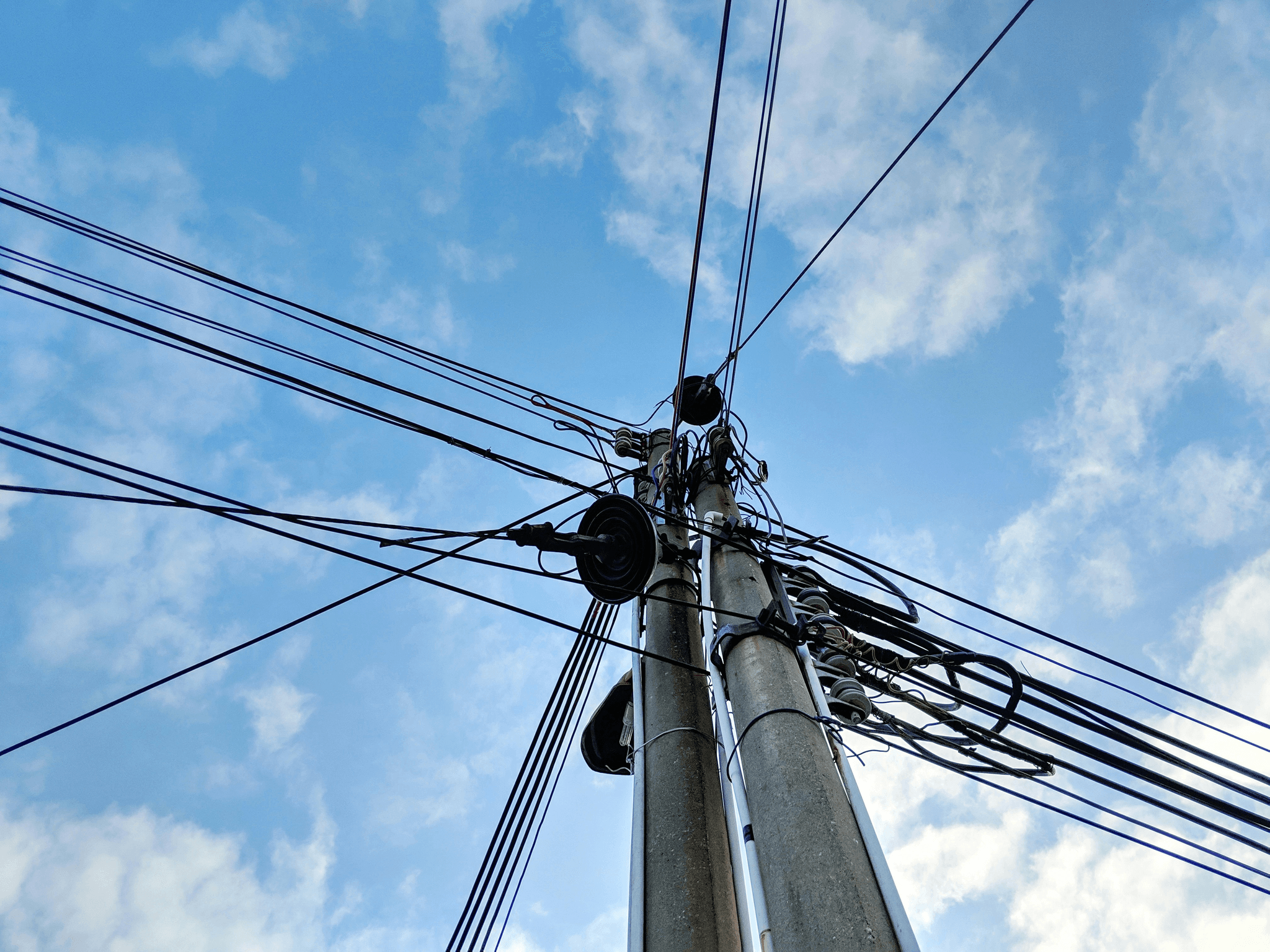
Understanding the Importance of Guy Wire
So, why is it called a guy wire? The term guy originates from the French word guier, meaning to guide or support, which perfectly encapsulates its function. A telephone pole guy wire is crucial for preventing tipping and swaying, especially during strong winds or storms, making it an indispensable component in utility pole design.
Key Components of a Guy Wire Kit
A well-equipped guy wire kit for utility pole installations typically includes several essential components: the guy wires themselves, anchors for securing them into the ground, and tensioning devices to ensure optimal performance. Each element is designed to work together seamlessly to provide stability and safety for overhead lines and structures. Investing in quality materials can significantly enhance the longevity and effectiveness of your sidewalk guy wire setup.
Regulatory Standards for Utility Poles
Utility pole guy wire requirements are not just best practices; they are often dictated by regulatory standards that ensure safety and reliability across various regions. Compliance with these standards helps safeguard both workers installing these systems and the communities relying on their functionality. Familiarizing yourself with these regulations is crucial to avoid penalties and ensure that your installations meet industry benchmarks.
The Role of Guy Wires in Infrastructure

Guy wires play a crucial role in maintaining the stability and safety of various infrastructure elements, particularly utility poles. These sturdy cables provide essential support, ensuring that poles remain upright and resilient against environmental forces like wind and rain. Understanding their significance helps us appreciate why selecting the right Guy Wire Kit for utility pole applications is vital for reliable performance.
Why is it called a guy wire
The term guy wire might sound quirky, but its origins are quite practical. The word guy comes from the French term guie, meaning a rope or cord used to steady a ship's mast or similar structures. Over time, this terminology was adopted in engineering contexts to describe these supportive cables, which are now essential components in securing everything from telephone poles to radio towers.
Applications of telephone pole guy wire
Telephone pole guy wires have diverse applications beyond just stabilizing poles; they are integral to maintaining communication infrastructure across urban and rural landscapes. These wires help prevent swaying or tipping during high winds, ensuring that power lines remain intact and functional for communities relying on them for connectivity and energy supply. Additionally, they can be found supporting antennas, transmission towers, and even some types of street lighting—demonstrating their versatility in various settings.
Differences between guy wire and guide wire
While both guy wires and guide wires serve supportive roles in construction and engineering, they cater to different needs within infrastructure projects. A telephone pole guy wire is primarily used to stabilize tall structures like utility poles by anchoring them at an angle to the ground. In contrast, guide wires focus on directing movement or providing lateral support for objects like cranes or elevators; thus understanding these differences can aid in selecting the appropriate equipment based on specific Utility Pole Guy Wire Requirements.
Selecting the Right Guy Wire Kit

Essential features of a Guy wire Kit for utility pole
A high-quality guy wire kit should include durable materials that can withstand various environmental conditions, such as wind, rain, and temperature fluctuations. Look for kits that come with adjustable tensioners and robust anchors; these components are vital for maintaining optimal tension in your telephone pole guy wire. Additionally, consider kits that offer comprehensive installation instructions or even pre-assembled parts to simplify the process.
Moreover, a good guy wire kit will often include corrosion-resistant hardware, which is essential when working with outdoor installations. This feature ensures that your utility pole guy wire remains reliable over time without succumbing to rust or degradation. Finally, check if the kit includes safety gear; proper equipment like gloves and goggles can help prevent accidents during installation.
Sizing and specifications for optimal performance
Choosing the right size for your guy wire is paramount to achieving optimal performance in supporting utility poles. The thickness and length of the telephone pole guy wire should correspond with local regulations as well as specific environmental factors such as wind load in your area. For instance, heavier loads may require thicker wires or additional supports to ensure compliance with Utility pole guy wire requirements.
Another important aspect is understanding how different materials affect sizing—steel cables offer strength but can be heavier than synthetic alternatives like Kevlar or nylon ropes. Always consult manufacturer specifications when selecting sizes; this ensures you’re choosing a product designed specifically for its intended use case. Remember that incorrect sizing can lead to failure during high-stress situations.
Importance of quality materials in construction
The importance of quality materials cannot be overstated when it comes to constructing effective guy wires—whether they’re used on telephone poles or other structures. High-grade steel or specialized synthetic fibers provide durability and resistance against wear over time, ensuring long-term reliability for your sidewalk guy wire setup as well as other installations. Investing in premium materials not only guarantees better performance but also minimizes maintenance costs down the line.
Furthermore, using subpar materials can lead to serious safety hazards; weak wires may snap under pressure or fail during adverse weather conditions, posing risks not just to infrastructure but also public safety. Therefore, always prioritize quality over cost-cutting measures when selecting components for your Guy wire Anchor Kit or any related products. In summary, superior material choices are foundational elements that contribute significantly to overall project success.
Utility Pole Guy Wire Requirements
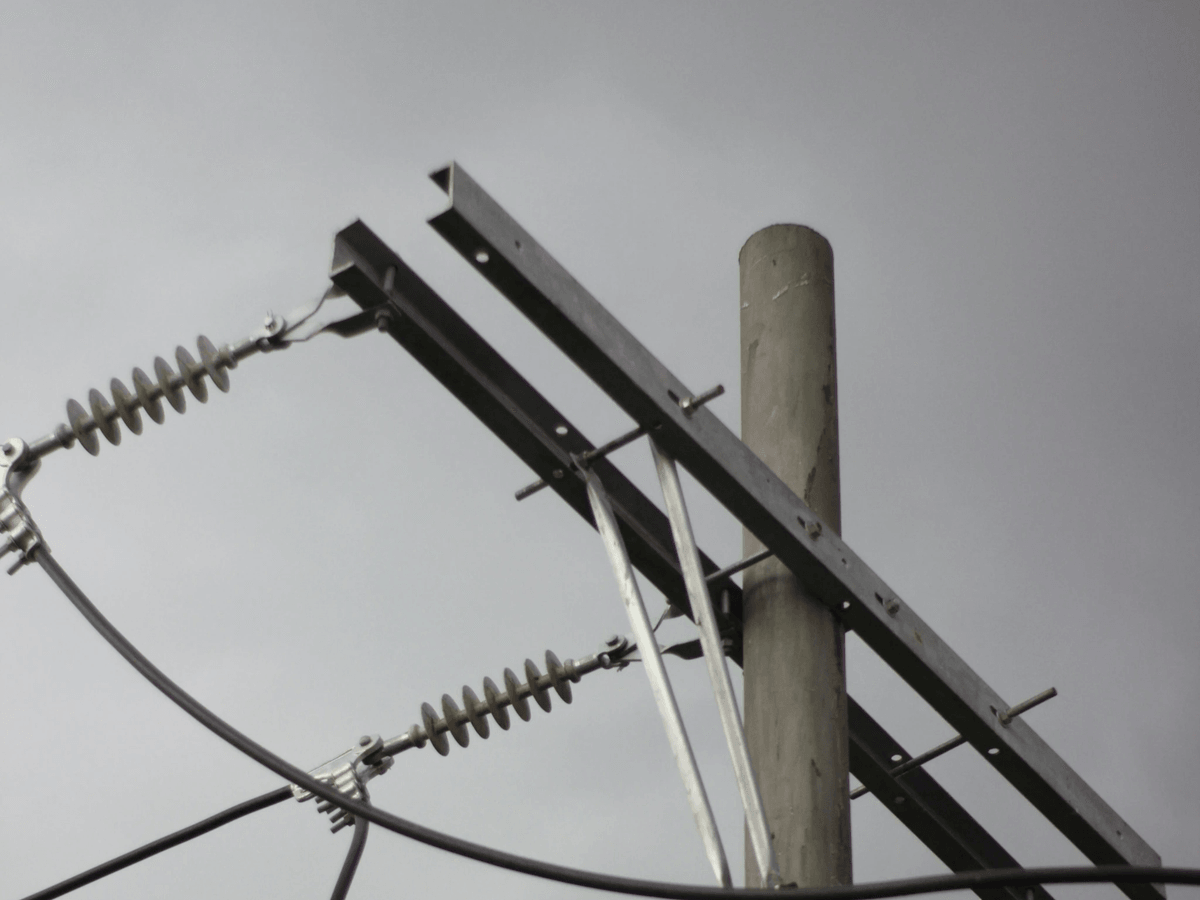
Regulatory compliance for safety and performance
Regulatory compliance is a critical aspect of utility pole guy wire requirements, as it ensures that installations meet safety standards set by local authorities. Various agencies outline specifications regarding tension, materials, and installation methods to guarantee that telephone pole guy wire performs optimally under different environmental conditions. Failure to adhere to these regulations can lead to serious consequences, including fines or liability in case of accidents.
In many regions, guidelines dictate how far apart guy wires should be spaced from each other and from other structures. This spacing is crucial in preventing interference with pedestrian pathways or vehicular traffic, especially in urban areas where sidewalk guy wire may be present. Additionally, inspections are often mandated to ensure ongoing compliance with safety standards throughout the life of the installation.
Environmental considerations for installation
When planning an installation involving a guy wire anchor kit, it's important to consider environmental factors that could impact both performance and longevity. Soil conditions play a significant role; rocky or sandy substrates may require different anchoring techniques compared to clay-based soils. Understanding these variances helps in selecting the right materials for your utility pole guy wire setup.
Moreover, local wildlife and vegetation can influence where you place your anchors and wires. Avoiding disruption of natural habitats not only demonstrates environmental responsibility but also aligns with regulatory expectations that prioritize ecological preservation during construction projects. By considering these factors upfront, you can mitigate potential issues down the line while ensuring that your telephone pole guy wire remains effective.
Best practices for securing utility pole guy wire
Securing your utility pole guy wire effectively is paramount for maintaining stability under various weather conditions. One best practice involves using high-quality materials specifically designed to withstand tension forces without excessive wear over time; this ensures durability in both urban settings and more rural environments where weather can fluctuate dramatically.
Another essential tip is proper tensioning: not too loose so as to allow sway but not so tight that it risks snapping under pressure—this balance is key when installing a guy wire or guide wire system around utility poles or sidewalks alike! Regular inspections should be scheduled as part of maintenance routines; checking connections frequently helps identify wear before it becomes a serious issue.
Finally, teamwork cannot be underestimated during installation; having multiple people involved ensures that everyone adheres to safety protocols while managing equipment effectively—especially when dealing with heavy components like anchors or large rolls of cable associated with a guy wire anchor kit!
Installation Techniques and Tips
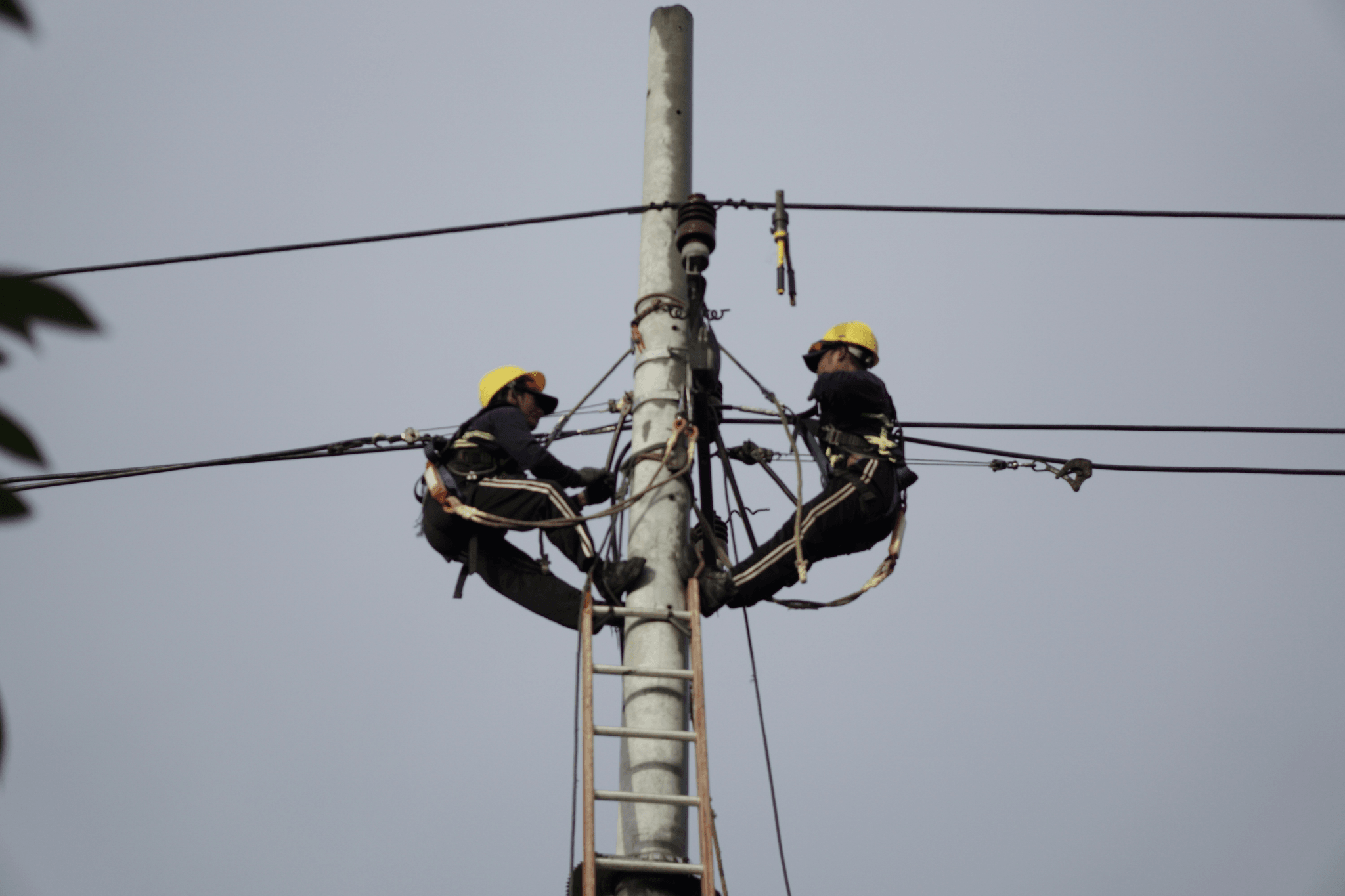
Step-by-step guide to using Guy Wire Anchor Kit
First things first, gather your Guy Wire Kit for utility pole, which should include your guy wires, anchors, tensioning devices, and any necessary hardware. Start by selecting an appropriate anchor point that is away from potential hazards and offers solid ground support; this is crucial for the stability of your sidewalk guy wire. Once you've marked the location, dig a hole deep enough to accommodate the anchor according to manufacturer specifications—usually about 3-4 feet deep.
Next, insert the anchor into the hole and backfill it with soil or concrete as required. After securing the anchor in place, attach one end of the telephone pole guy wire to your utility pole using a proper clamp or fitting that meets regulatory standards. Finally, tension the wire using a turnbuckle or tensioning device from your Guy Wire Anchor Kit until it's taut but not overstressed—this balance is key for optimal performance.
Common mistakes to avoid during installation
One common pitfall during installation is neglecting to check local Utility pole guy wire requirements before starting work; regulations vary by region and can affect everything from materials used to installation methods. Another mistake often made is failing to account for environmental factors such as wind load or soil conditions; these elements can significantly affect how much tension your telephone pole guy wire will need. Additionally, many overlook proper alignment of their sidewalk guy wire; misalignment can lead to uneven stress distribution and ultimately compromise structural integrity.
It's also important not to rush through securing connections; loose fittings can lead to catastrophic failures down the line. Be mindful of using incompatible materials when connecting different components in your Guy Wire Kit for utility pole—this could result in corrosion or mechanical failure over time. Lastly, always double-check that tools are properly calibrated before use; improper tool settings can lead you astray during critical phases of installation.
Importance of teamwork and safety protocols
Installing a telephone pole guy wire isn't just a one-person job—it requires teamwork! Having multiple people on-site allows you to effectively manage tasks like holding wires taut while others secure them in place or monitor surroundings for safety hazards while you're busy with equipment setup. Remember: clear communication among team members is vital; everyone should be aware of their roles during each phase of installation.
Safety protocols cannot be stressed enough when working with high-tension structures like utility poles; wearing appropriate personal protective equipment (PPE) such as helmets, gloves, and eye protection should be non-negotiable rules on-site. Additionally, ensure that all team members are trained in emergency procedures just in case something goes awry during installation—better safe than sorry! By fostering an environment where safety measures are prioritized alongside teamwork efforts, you'll set yourself up for success every time you tackle those pesky sidewalk guy wires.
Maintenance and Inspection of Guy Wires
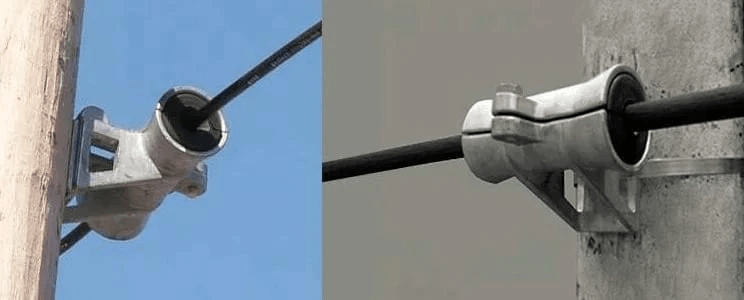
Maintaining and inspecting guy wires is crucial for ensuring the safety and longevity of utility infrastructure. A well-maintained telephone pole guy wire not only supports the structural integrity of poles but also prevents potential hazards. Regular checks can save you from costly repairs down the line, making it essential to understand what to look for.
Key indicators of wear and tear
Look for fraying or corrosion, which can significantly weaken the wire's strength over time. Additionally, check for any signs of rust or discoloration that may indicate moisture exposure—this could affect the performance of your Guy wire Kit for utility pole.
Another sign to watch out for is slack in the tension of your guy wires; if they appear loose, it's a clear indication that adjustments are necessary. Remember, even small issues can escalate quickly if not addressed promptly, so regular inspections are critical. By staying vigilant about these key indicators, you can ensure that your infrastructure remains safe and reliable.
Recommended maintenance schedules
To keep your sidewalk guy wire in top condition, establishing a regular maintenance schedule is vital. It’s advisable to inspect your utility pole guy wire at least twice a year—more frequently in areas prone to extreme weather conditions or heavy traffic loads. During these inspections, assess not just the wires themselves but also their anchors and attachments using a Guy wire Anchor Kit.
In addition to biannual inspections, consider conducting more comprehensive checks after severe weather events or significant changes in load conditions. This proactive approach will help you catch any potential issues before they become major problems. Remember: an ounce of prevention is worth a pound of cure when it comes to maintaining utility infrastructure.
How to address common issues with sidewalk guy wire
Addressing common issues with sidewalk guy wires requires both knowledge and some hands-on skills—don't fret; it's easier than it sounds! If you notice fraying or damage on a telephone pole guy wire, replacing it promptly is essential; this ensures continued support for the utility pole without compromising safety standards outlined in Utility pole guy wire requirements.
For slack wires, adjusting tension using appropriate tools from your Guy wire Kit for utility pole should be done carefully; too much tension can cause more harm than good! If corrosion has set in beyond surface-level rusting, consider replacing affected components entirely rather than trying temporary fixes—after all, quality materials matter when securing infrastructure.
In summary, keeping an eye on wear indicators while adhering to recommended maintenance schedules will help prevent future headaches associated with sidewalk guy wires or other types like guide wires as well!
Conclusion
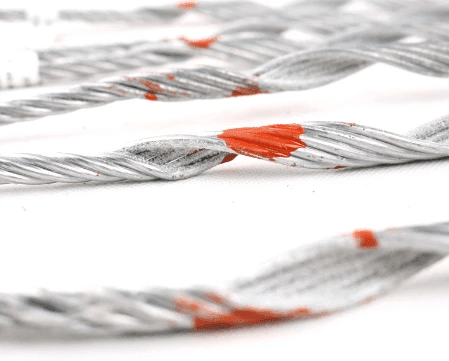
In wrapping up our exploration of guy wires, it's clear that these unsung heroes of infrastructure play a vital role in ensuring safety and stability. Proper use of a telephone pole guy wire not only supports utility poles but also enhances public safety, making it essential for professionals to understand the nuances involved in their selection and installation. As we look ahead, the evolution of materials and design will undoubtedly shape the future landscape of guy wires.
Enhancing Safety with Proper Guy Wire Use
Understanding why it is called a guy wire is crucial for anyone involved in utility maintenance or installation. The term guy refers to a support line, which perfectly encapsulates its function in stabilizing structures like utility poles. By adhering to utility pole guy wire requirements, professionals can significantly reduce risks associated with improper installations, ensuring that both the infrastructure and surrounding areas remain safe.
Moreover, using a high-quality Guy wire Kit for utility pole applications can mitigate potential hazards caused by environmental factors such as wind or ice accumulation. Regular inspections and maintenance are key components to enhancing safety; knowing what to look for helps identify issues before they escalate into dangerous situations. Ultimately, prioritizing safety through proper guy wire use not only protects workers but also safeguards communities reliant on these vital services.
The Future of Guy Wire Manufacturing
The future of guy wire manufacturing looks promising as technology continues to advance. Innovations in materials science are leading to stronger yet lighter options that can withstand harsher conditions while reducing overall installation weight—a win-win situation! As demand grows for more resilient infrastructures, manufacturers will likely focus on developing products that meet evolving Utility pole guy wire requirements without compromising quality or safety.
Furthermore, sustainable practices are becoming increasingly important within the industry; eco-friendly materials could soon become standard rather than the exception. This shift not only addresses environmental concerns but also appeals to consumers who prioritize sustainability in their purchasing decisions. With ongoing research and development efforts focused on enhancing performance while minimizing ecological impact, we can expect exciting advancements in how telephone pole guy wires are manufactured.
Choosing Spark Fittings for Quality Equipment
These fittings ensure compatibility with your chosen Guy wire Anchor Kit while providing reliable strength under various conditions—an essential aspect when dealing with critical infrastructure like utility poles! Remember that investing in superior components pays off over time through reduced maintenance costs and fewer replacements.
Additionally, understanding the distinctions between different types of supports—such as whether you need a guy wire or guide wire—will help streamline your selection process further. Each has its specific applications; thus knowing what you require is key to maintaining efficiency on site. By prioritizing quality equipment from trusted sources like Spark Fittings and adhering closely to guidelines set forth by industry standards, you'll be well-equipped for any challenges ahead.

